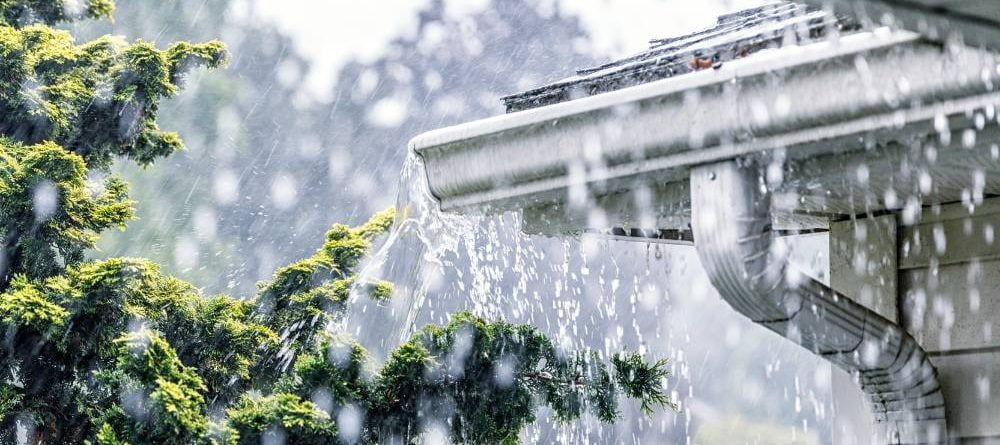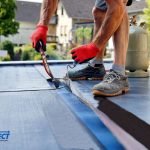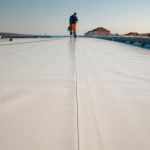Living in the UK, we have no shortage of storms or bad weather, and as a homeowner, staying on top of leaks is a must. Storms can wreak havoc on roofs, roof storm damage often includes blowing off shingles to the tree next door shedding their branches on your roof.
Whatever the case, assessing your roof for damage after every bout of bad weather is important for keeping the rest of the home safe. As expert roofers, in this blog, we’ll walk you through what to be aware of and how to inspect your roof for storm damage so there’s no problem you ever miss.
Assessing The Roof for Damage
The most obvious and simplest place to start is walking outside your property before getting up on a ladder. Walking around all accessible sides of your house can help you check the gutters plastic fascias, and soffits, ensuring there’s no displacement or cracks from weather damage. Problems with your roof can be noticed from the ground, the interior of your home and when you call in an inspector to go up on the roof.

Signs you have roof damage or your roof is unsafe
If something is not right with your roof, there will be signs that the structure isn’t safe, for example:
- Sagging roof structure
- Water stains or ceiling discolouration and dark spots
- Missing or damaged shingles (broken, cracked or curling)
- Interior mould, rotting wood or mildew growth
- Visible roof debris
- Accumulated moss growth
- Creaking or unusual sounds during high winds
- Leaky or clogged guttering
- Collection of granules in the gutter or ground around downspouts
- Problems in your attic
Roof health checks are important to help find problems before they escalate, and failing to do so might cause problems with your home insurance claims if damage is caused by neglect or wear and tear.
However, don’t feel pressured into going up a ladder and inspecting a roof unless you’re comfortable and able to do so.
Inspecting the well-being of your roof can be done from the ground, either through a visual inspection, which will highlight any blockages or cracks, for example, or if you’re more advanced, you could use a drone.
If in any doubt, always pay a professional roofer if you feel something’s wrong, or follow the Ladder Association’s safety guidance here.
You should inspect your roof after every storm
Go.Compare in 2022 found through a survey that storm damage was the most common type of home insurance claim, which comes as no surprise as the roof is the highest, most exposed and vulnerable component of your home’s structure, making it the most susceptible to storm damage.
And as lots of things can cause accidental damage to your roof, including falling trees, branches and objects thrown against it with force during storms, you should expect cracked or missing tiles after each impact to be safe.
Rubber Roofing Direct supplies EPDM and rubber roofing solutions (see kits) that help homeowners prepare for all kinds of weather.
EPDM is strong, durable, and weather-resistant, making it great for surviving the UK’s weather. Plus, it’s easily repairable if damaged, keeping your costs low.











